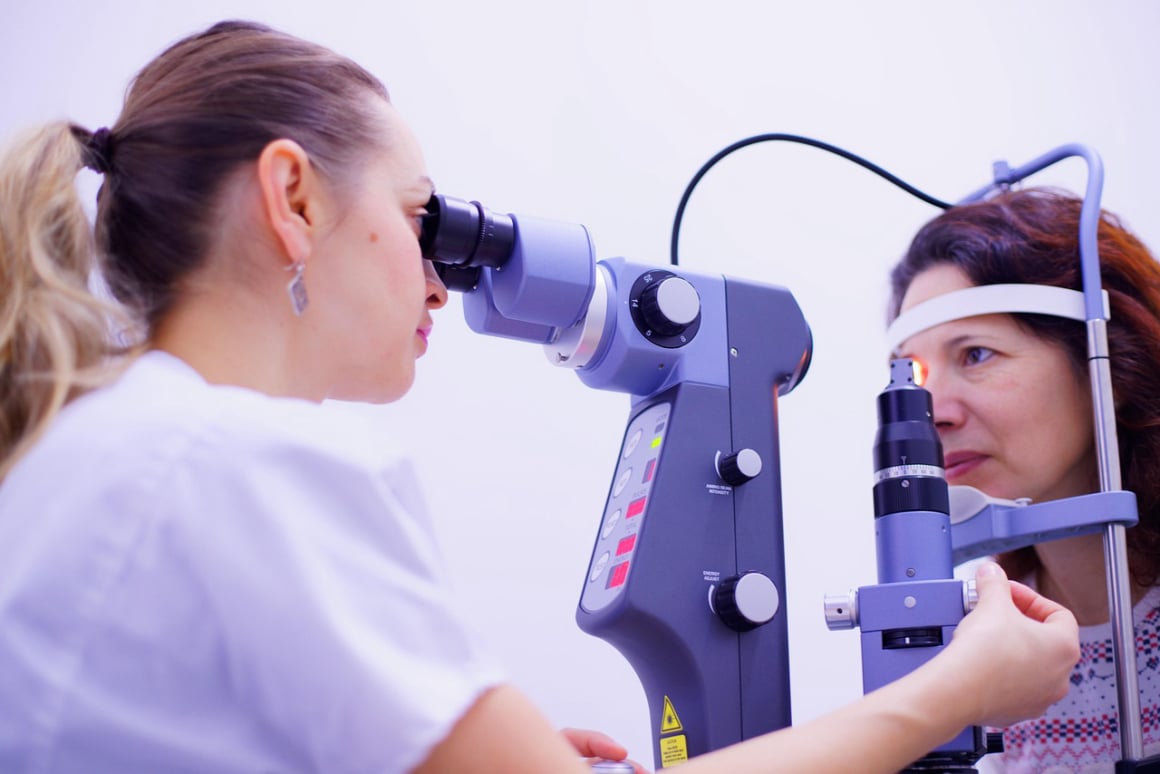
What is Presbyopia?
Usually around the age of 40, people begin to experience blurred near vision. Simple things such as when reading the newspaper or working at the computer are no longer so simple. Unfortunately, presbyopia affects everyone at some point. Currently an estimated 128 million people in the United States have presbyopia.